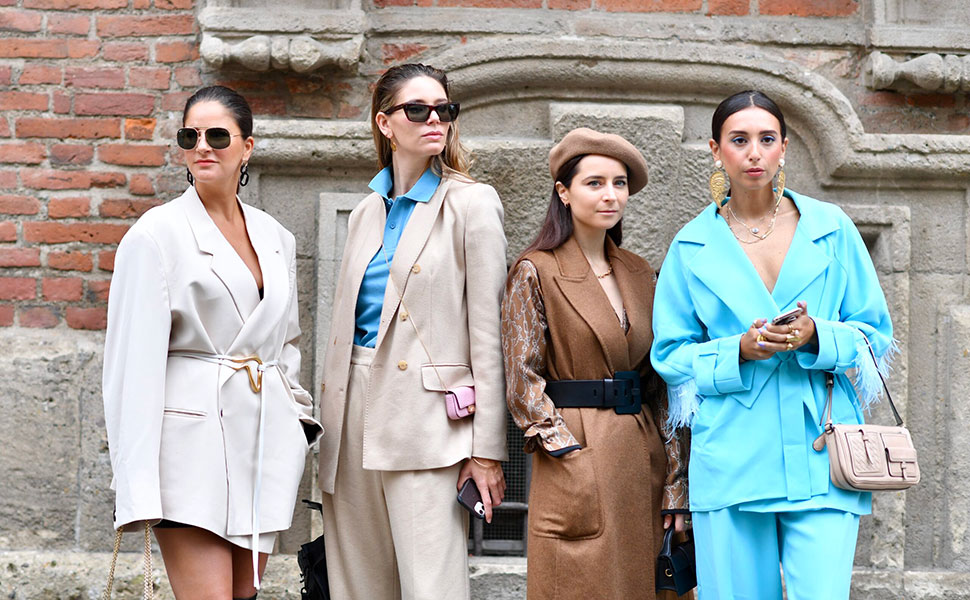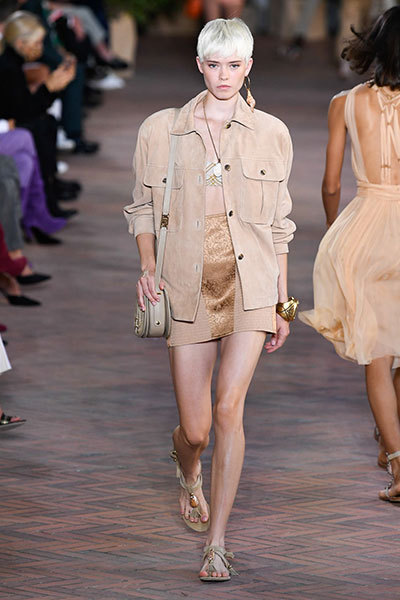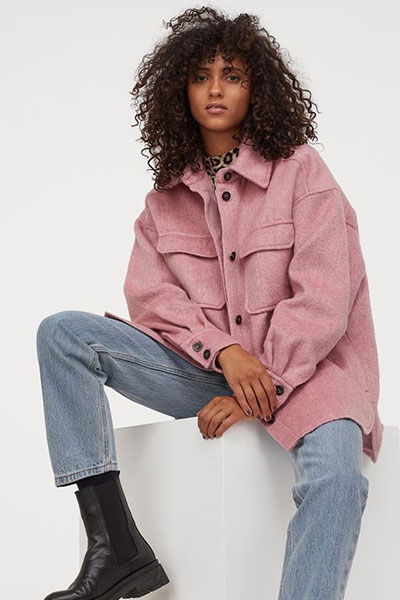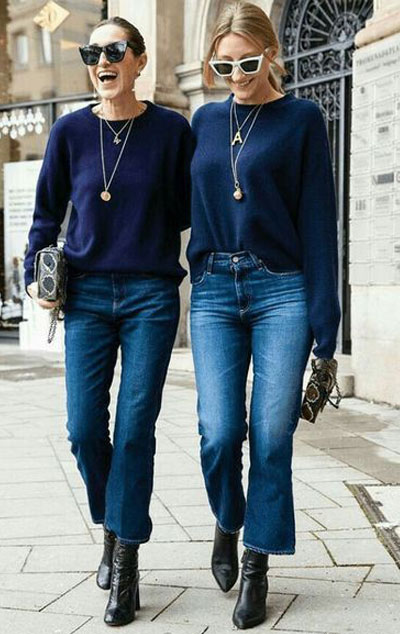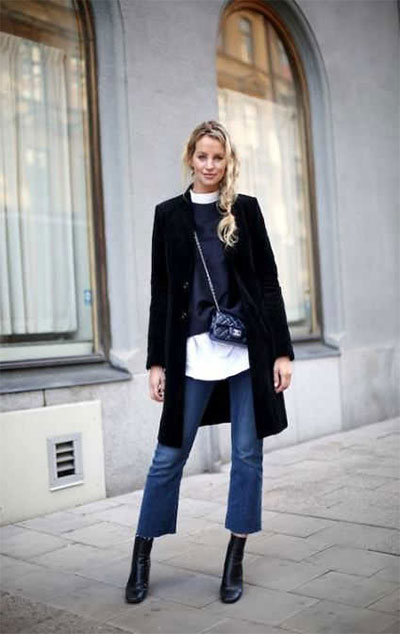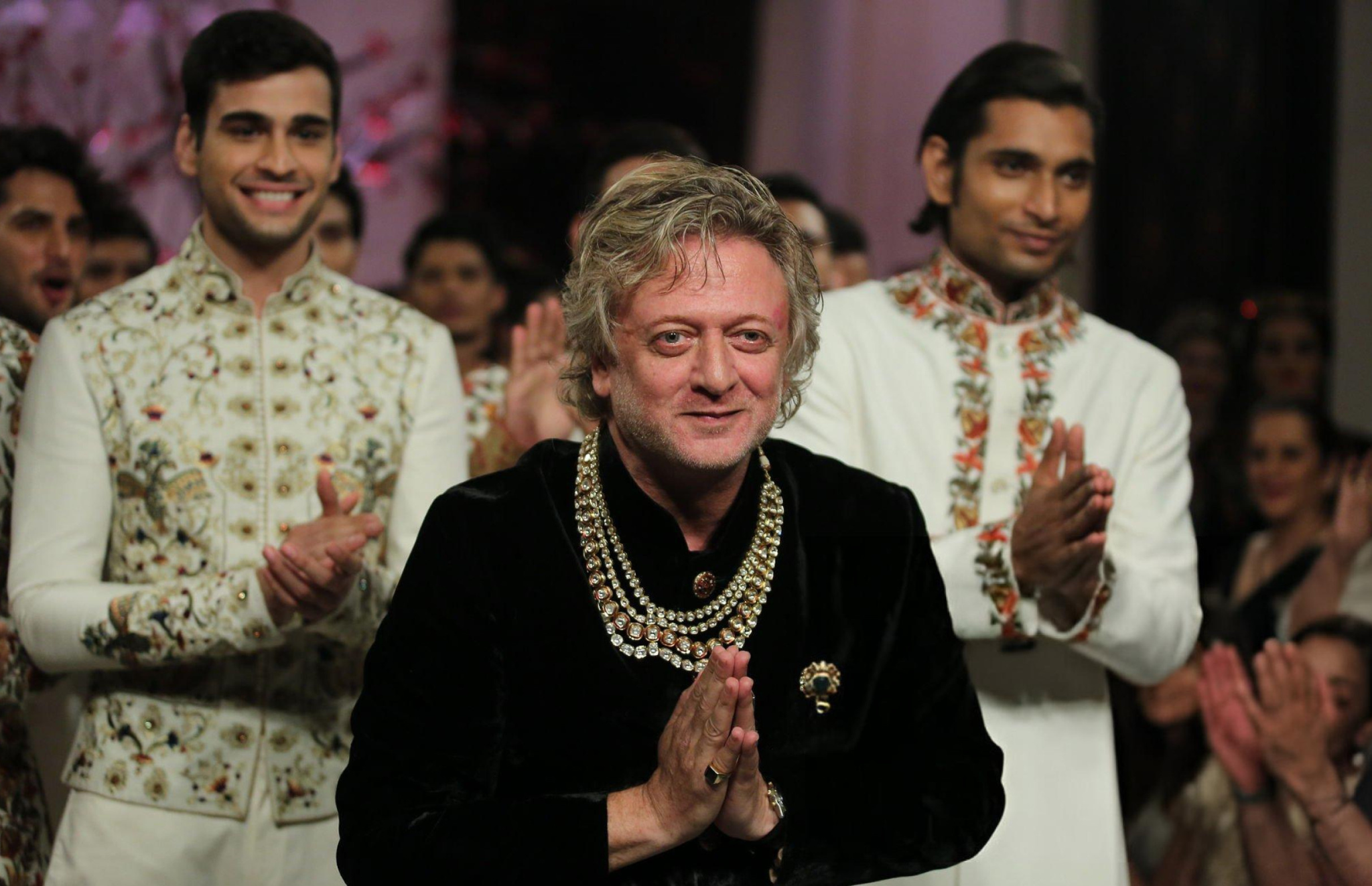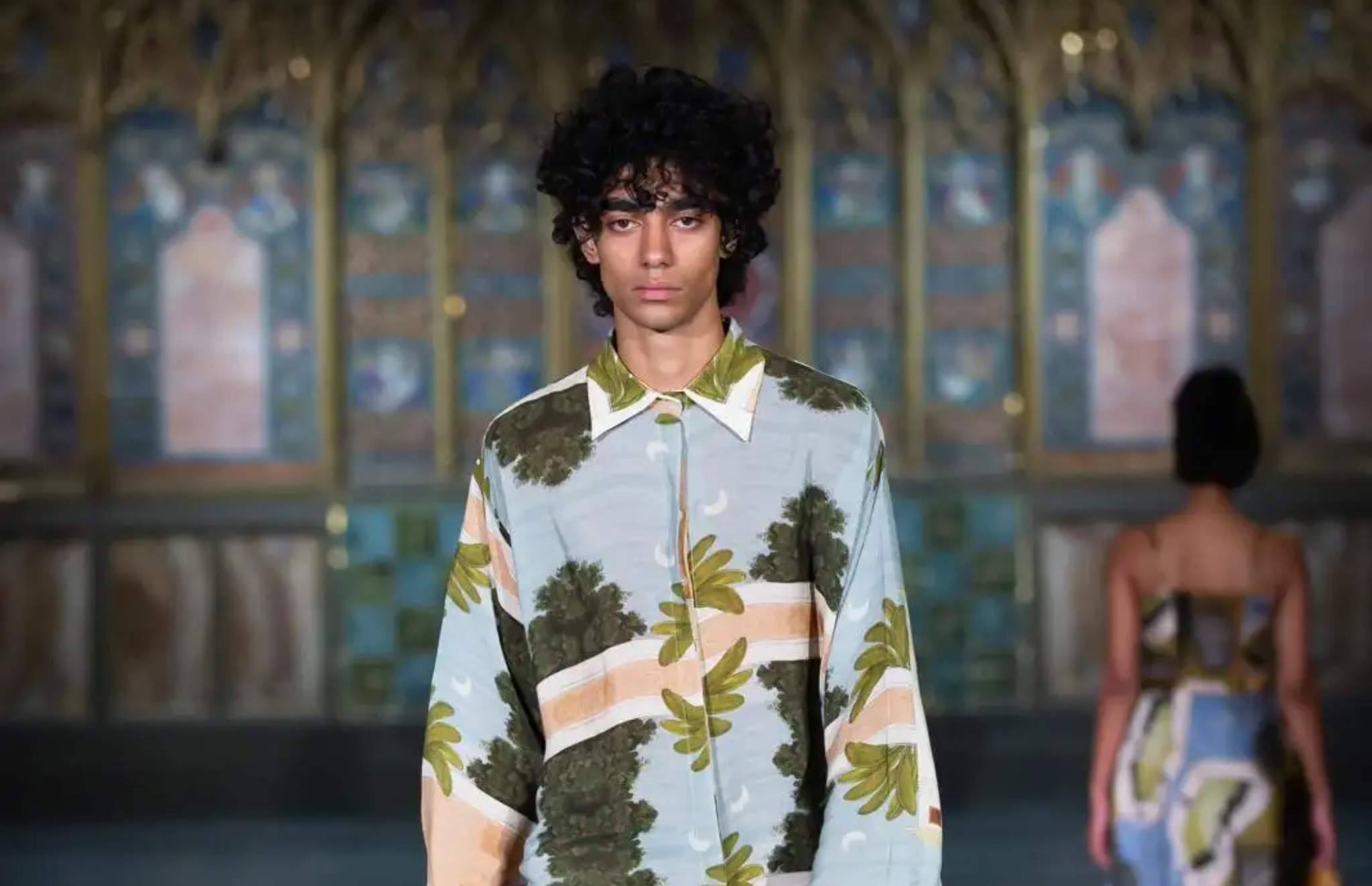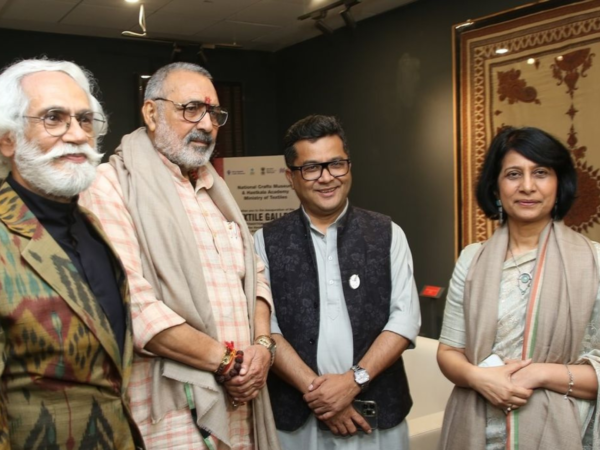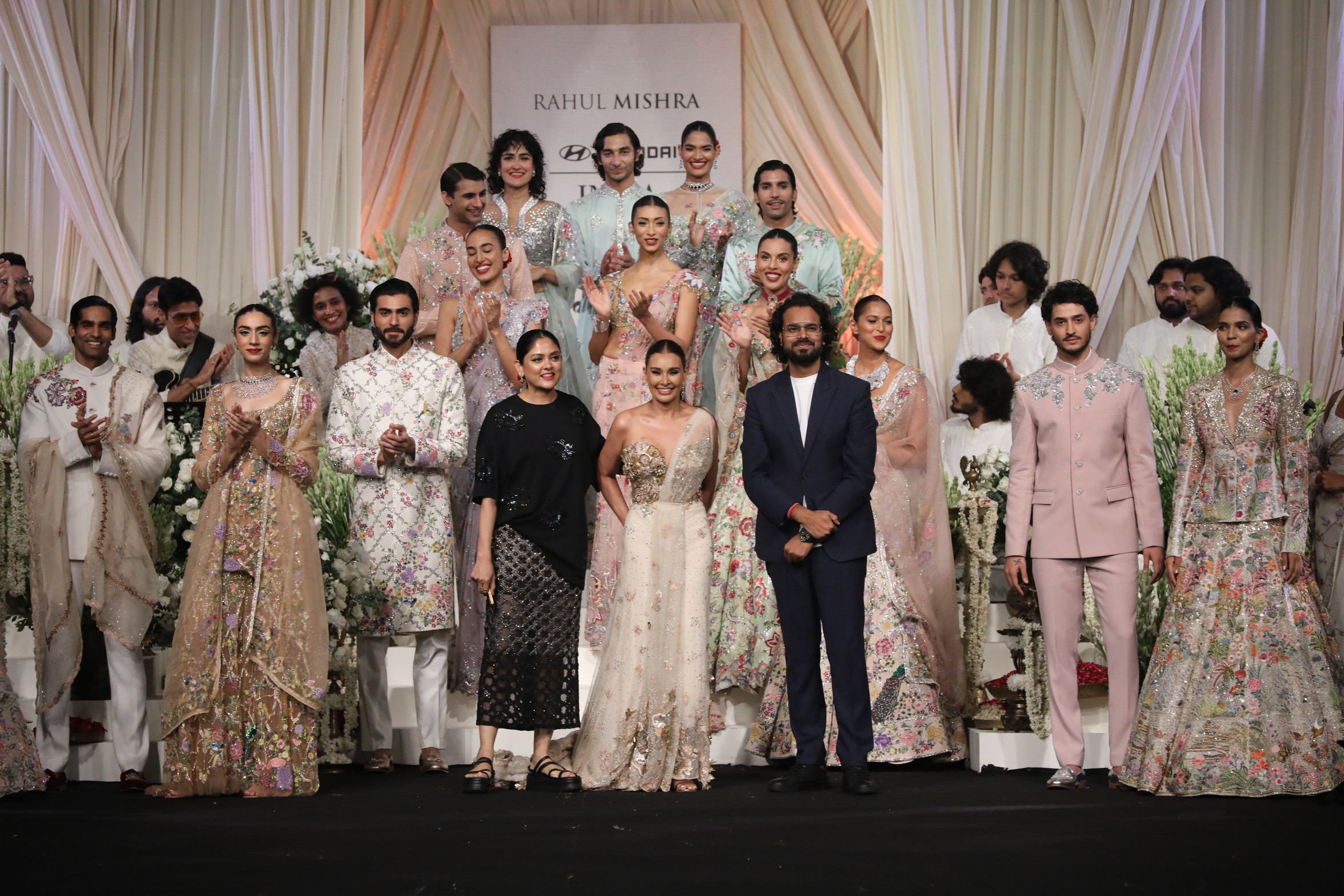Here is an interesting study on how prices have shifted for fashion retailers to maximise profitability within the merchandise they retail, both from brick-and-mortar stores and the online platforms. As retailers navigate the next phase of pandemic trading, they’ll need to understand how pricing structures have been disrupted to ensure maximum profitability for their merchandise.
While the uncertainty surrounding COVID may have led shoppers to be more frugal with their spending, vaccine rollouts have helped reboot consumer confidence. The pandemic deemed fashion as a non-essential category. However, demand for newness surged as shopping habits returned to normalcy. In the US Women’s apparel rose 1.6% compared to May 2020 and footwear up 7% – the sharpest uptake in over 30 years. Several luxury brands are reporting a rebound, partly owed to price inflation. Luxury labels recorded a 13% rise on a YoY basis.
Key takeaways
To command stronger margins, consider elevating the prices of successful styles that continue to resonate with consumers post-pandemic. Retailers have already raised the prices of products that fit within lifestyle movements. Within athleisure sneakers and leggings prices have increased. This trend has propelled prices for functional outerwear styles and shorts.
With retailers elevating loungewear to carry the category outside of lockdowns, premium prices have been attached to sweatpants, hoodies and sweatshirts. Despite this, prices for jeans are up Year-on-Year (YoY) – evidence of denim’s huge comeback.
As casualisation continues to underpin successful trends, suit jackets and court shoes haven’t returned to pre-pandemic price points. However, pent-up demand for going out has bolstered the average price of bodycon, midi and cami dresses as retailers reposition to capture spending from consumers dressing up for lost time.
Above-the Keyboard Look
Zoom call – friendly dressing that’s focussed on above-the-keyboard appearance contributed to top and tees’ success. In the vaccine era now consumers’ wardrobes can become more expansive. Catering to pent-up demand for a transition out of the home wardrobe is evident by cardigan and sweater price increases. However, as premium loungewear becomes a mainstay through organic fabrics and luxurious trims, pricing for hoodies and sweatshirts have also spiked.
Tops outpace pre-pandemic prices in T-shirts and polo shirts as retailers capitalise on the success of prep-leisure sporting trends such as golf and tennis. In contrast, shirt prices are at a two-year low.
Millennial essentials like tank-tops and camisole tops are more affordable than in 2019 as per Uniqlo and Zara. Knitwear’s emergence as the new loungewear has led to price increases in cardigans and sweaters.
With opposing silhouettes of oversized lounge styles and micro-cropped fits trending in the summer, retailers elevated their prices. As casualisation has proven to go beyond a fleeting pandemic trend, hoodies and sweatshirts are retailing at higher prices at Super Dry and Zara, while Mango and Gap has grown its basic tees pricing.
Keeping it Brief ‘n’ Easy
Trumped by the demand for tops, bottoms are all operating at lower price thresholds than in 2019 and 2020. Sweatpants and shorts are exceptions, with retailers raising their average prices as comfort and functionality remain an overarching trend for summer. Retailers that hiked up prices of basic shorts, jogging shorts and Bermudas reaped the rewards. With comfort underpinning the top-performing trends, skirt prices are more conservative as prices of shorts swell, buoyed by the success of terry towelling and Bermuda styles.
An already-profitable category, activewear’s success led retailers like Marks & Spencer, Uniqlo and Mango to raise the price of leggings.
Good-ole’ Jeans
As the pandemic caused retailers to position denim as a core basic, jeans are more expensive on average than last year, yet more affordable than 2019. Uniqlo and Diesel have priced men’s jeans above 2020.
In 2019, trousers were more expensive than jeans. Work-from-Home (WFH) culture and denim’s post-pandemic comeback increased demand for the wardrobe staple.
Blazing out with Shackets
With COVID leading to formal silhouettes warranting steep discounts, the prices of blazers and suit jackets have contracted. Retailers protected their margins by pricing up functional styles like bikers, windbreakers and bomber jackets, the latter of which saw double-digit sell out rates.
The average prices of new gilets, shackets (shirt-jackets) and windbreakers are at a two-year high, indicating retailers can up their prices for styles with technical features. While suit jacket pricing has dropped off, but it’s more casual counterpart, the blazer, has seen a rise.
While knitwear prices have ballooned with retailers investing in premium products, outerwear has taken a hit. For spring/summer drops, bombers stood out as an exception, with new styles at Zara sitting above pre-pandemic prices as well as windbreakers, which have seen investment at Mango and H&M.
Shackets and trenchcoats emerged as cash cows, helping drive outerwear’s increase in sales, and experiencing a price lift upwards. H&M, Uniqlo and Zara have all beefed up their average prices as demand continues to soar.
Dressing-Up
While the dress category was rocky during the pandemic, it heated up as restrictions eased. This allowed retailers to reposition their prices to capture spending from today’s consumers dressing up for lost time. Upheld by the sexy-dressing trend, bodycon, mini and cami silhouettes are operating at higher price points than in pre-pandemic times, while prices for the once popular midi dress have tapered off.
Contrastingly, the average price of maxi lengths has almost halved what they were in 2019 as pandemic wardrobe staples like the House and Nap dress reach market saturation.
Best Foot Forward
Boots are back on consumers’ radar as ‘Cowboy’ style reaches cult status. The record-high average price of this traditional winter subcategory is indicative of growing demand. Bootcut Jeans with Cowboy boots are trending this summer. While comfort reigns supreme, the premium attached to court/pump shoes dwindles to an all-time low.
Slippers are operating at a greater average price point compared to the past two years. Sandals prices are sitting above 2019 levels, with sports and hiking-inspired silhouettes driving interest for this category. Additionally, contemporary flip flops have helped elevate sandals pricing at a time when interest in high heels has waned. A success story at every stage of the pandemic, retailers utilised demand for sneakers to command higher price points. Additionally, mass market retailers are emulating street and athleisure brands’ by investing in sandals and sliders. This is seen at Adidas , Skechers and Asics Tiger and at stores like H&M and Zara.
The growth in the smart/casual aesthetic that has risen from the pandemic has seen prices increase for more formal style shoes, such as suede loafers.
Text by Jaydeep Ghosh
Image Courtesy: Featured brands (Email us for Image credits)
Find more about Fashion trends of 2021:
https://www.harpersbazaar.com/fashion/fashion-week/g35931057/fall-2021-fashion-trends/
https://www.cosmopolitan.com/style-beauty/fashion/g35550887/fall-2021-fashion-trends/
https://www.elle.com/milan-fashion-week/


